Content Sections
When it comes to treating Covid-19 patients we’re witnessing double standards. Researchers are tripping over themselves to explore new and existing drug therapies to find the magic bullet that will treat all and deal with the scourge of Covid-19. However, little or no attention is being paid to the potential of natural products and practices to both treat patients and improve immune resilience. Worse, there is widespread censorship occurring on information posted about potential natural treatments and preventative practices.
As it stands, in excess of 50 possible treatments are being studied, or slated for study, for efficacy in treating Covid-19 patients, however, no ‘proven’ therapies are considered to yet exist. Search the NIH clinical trials database and you’ll find 745 (as of 21/04/20) trials registered each seeking the magic bullet for SARS-CoV-2. Of those, a paltry 28 (4%) are investigating natural health therapeutics such as vitamin C, vitamin D, zinc, Ayurveda, Traditional Chinese Medicine and hyperbaric oxygen therapy. But we say why wait for a research trial when there is clinical experience to rely on - past and present?
-
Find related articles, information and videos in our Covid Zone
Last week the Infectious Diseases Society of America issued its Guidelines on the Treatment and Management of Patients with COVID-19. Unsurprisingly the guidelines are about the use of drugs to treat those hospitalised due to Covid-19 and strongly discourage the use of ‘unproven drugs’ due their potential to harm patients or be ineffective. Underpinning this warning is the much stronger message that the only way to deal with the situation and regain our freedom is to wait until a vaccine becomes available.
But what of the plethora of natural therapeutics with a long history of safe use and proven efficacy in dealing with viral infections, that are being used to great effect by a handful of doctors in countries without centralised health systems? We look at a few of the top non-patented therapeutics, their mechanisms and current clinical experience to offer you a bit more food for thought.
Please understand that the information below is not medical advice, nor are these clinical recommendations for SARS-CoV-2. We are sharing elements of best clinical practice from registered doctors using novel and natural therapeutic interventions during this pandemic as we believe there is a lot to be gained from clinical experience - and insightful knowledge of nature and human interactions with the microbial world. If you are in need of treatment for SARS-CoV-2 and are interested in anything you have read in this article, please discuss it with your medical health professional. Please also note that it may be possible to reach out to doctors via an online consultation if you are not seriously ill enough to require hospitalisation.
NATURAL THERAPEUTICS
Vitamin D3 - cholecalciferol
We’ve written about the essentiality of vitamin D for optimal immune function previously. However, it’s included here again given the increasing recognition in the mainstream of the impact of low levels of vitamin D on covid-19 disease progression and severity.
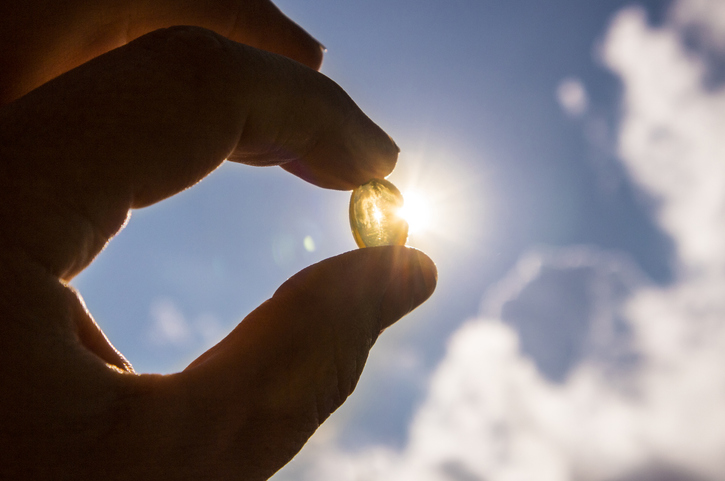
It is also becoming increasingly apparent that black, Asian and minority ethnic people (BAME) are at higher risk of dying if they become infected with Covid-19. In the UK, the Government has launched an investigation as it has emerged that 70% of frontline medical staff who have died following contracting Covid-19 were BAME. Early evidence also shows that high rates of African Americans have been badly affected by Covid-19 too. In the UK, 34% of critically ill patients were BAME. It’s thought that one of the factors contributing to the enhanced risk for BAME individuals is a low circulating level of vitamin D, particularly prevalent now at the end of the winter in the northern hemisphere. This coupled with obesity and metabolic dysregulation could well prove a lethal coronavirus triad.
Calls are being made to provide vitamin D3 (cholecalciferol) supplements to those at highest risk, such as frontline health care workers, paramedics and care staff in hospices, nursing homes and caring for the elderly. The Scottish government is one step ahead of England and Wales having already recommended that everyone takes a vitamin D supplement. However, we would argue that the recommended 10 mcg (400 IU) is woefully insufficient to return someone to immune-protecting adequacy.
Despite reports that Public Health England (PHE) will be updating its advice on vitamin D, its chief nutritionist is reported as saying that, “…there is not sufficient evidence to support recommending vitamin D for reducing the risk of Covid-19”. Again, we would urge citizens to take matters into their own hands and start taking a daily preventative dose of 100 mcg (4,000 IU) vitamin D3 orally assuming no significant exposure to sunlight (80% of body, around 2 hours at this time of year, at latitudes similar to London). This dose has been consistently shown to deliver optimal circulating levels of 25-hydroxyvitamin D (25(OH)D) unless you are starting from a particularly low level.
Vitamin C
Vitamin C doesn’t only prevent scurvy, it’s also a potent modulator of both the innate and adaptive immune system and has a capacity to treat and shorten periods of infection with a wide range of pathogens, including respiratory viruses. This isn’t new information. We’ve known about its importance as an antiviral agent since 1949 when Dr Fred Klenner published a report entitled, ‘The Treatment of Poliomyelitis and Other Virus Diseases with Vitamin C’. Poliomyelitis is also a highly contagious disease caused by a virus that rendered many disabled for life, which makes these results all the more remarkable.
Linus Pauling, winner of two Nobel prizes and potentially the greatest chemist of the last century, claimed that vitamin C could cure infections, cancer and heart disease. He died having been labelled a quack, yet, many clinicians have gone on to successfully validate these claims. Studies on high dose vitamin C use have been published in the literature for over 50 years. Dr Thomas Levy and Dr Jeanne Drisko (also medical director ANH-USA) are two of the foremost clinicians at the forefront of vitamin C therapy.
Yet publicity about vitamin C treatment for Covid-19 patients — whether high dose oral or intravenous (IV), the latter licensed for medical use in many countries — is being classed as fake information by mainstream media and healthcare authorities. This despite it having been shown time and again to significantly reduce disease progression, time spent in hospital and improve recovery rates without permanent adverse effects.
Why? As unpalatable as this is, the simple reason is that vitamin C is cheap, it can’t be patented and there’s no profit in it for the drug companies.
The way vitamin C fights infection is fairly simple: infections and toxins cause inflammation and oxidative stress in the body. Electrons from vitamin C are then used by cells that have lost their electrons through the oxidation process, which in turn neutralises the free radical damage from harmful infectious agents. In nutritional doses, vitamin C acts as an antioxidant and can be taken safely to bowel tolerance (in divided doses until you get a loose bowel). When your body is fighting an infection you may find that you can absorb a lot more vitamin C than normal before hitting bowel tolerance.
In the case of SARS-CoV-2, the virus causes iron to be released from the haemoglobin in red blood cells which causes hypoxia as it reduces the oxygen-carrying capacity of red blood cells. This causes a lot of free iron ions to be freely circulating in the blood because the virus needs iron to replicate. However, these iron ions also create a lot of oxidative damage as well. This is how coronavirus then becomes a blood disease and why treatments like IV-C can deliver such beneficial results as they’re delivered directly into the bloodstream.
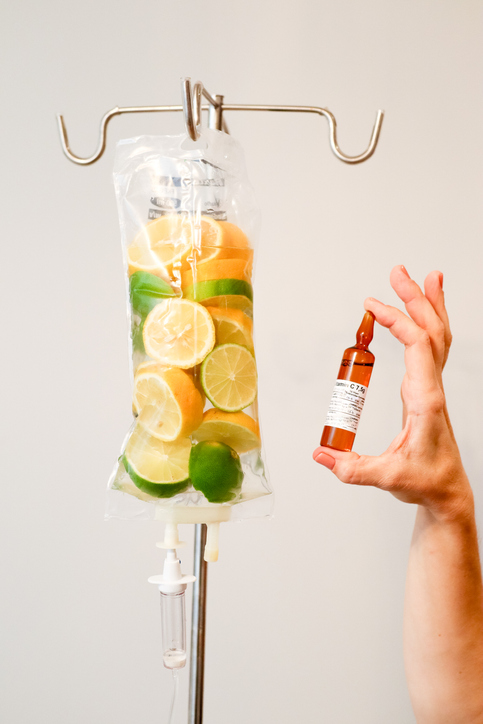
High dose IV vitamin C (over 20 grams and up to 100 grams a day in daily or pulsed doses), unlike nutritional doses, becomes a pro-oxidant through producing hydrogen peroxide, and with the iron ions (the Fenton Reaction) become an effective killer of viruses and cancer tumours. Think of how hydrogen peroxide bubbles when you apply it to a cut. With vitamin C, the Fenton’s Reaction makes it among the most powerful reactive oxidising agents known to science. Viruses can’t withstand that reaction, which is why clinicians using it now during this pandemic are seeing rapid success with full recovery.
Unlike most mammals, humans cannot make vitamin C. When illness strikes our stores are rapidly depleted and the need for vitamin C increases exponentially. Oral supplementation with vitamin C has shown an ability to both prevent and treat respiratory and systemic infections, but a number of clinical studies are currently looking at the role of vitamin C in tackling Covid-19. Emerging data from China have shown success in treating patients, reducing severity of disease progression along with ICU and hospital stays. The Chinese medical authorities are also supplementing frontline staff to support their immune systems thanks to Dutch-based nutritional raw material manufacturer, DSM, which shipped 50 tonnes of vitamin C to Wuhan Province from its Jiangshan plant.
Hydrogen peroxide
In addition to the hydrogen peroxide created internally through the Fenton Reaction when delivering high dose IV-C, hydrogen peroxide can be used as a standalone treatment by infected people at home. Because the immune system also uses hydrogen peroxide to improve the ability of cells to resist viral infection, even small amounts can inactivate coronaviruses, including SARS and MERS that have higher virulence than SARS-CoV-2. Whilst the current SARS-CoV-2 infection has greater transmissibility than the deadly but not very contagious MERS coronavirus, integrative clinicians like Dr David Brownstein in the US have found the use of a nebuliser to be the most effective way to administer this non-toxic therapy to fight the infection.
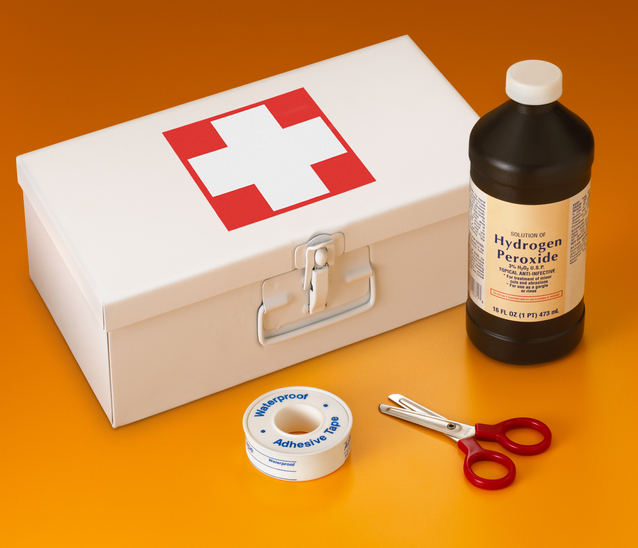
Dr Brownstein and his clinical team have written extensively on their website about the innovative natural treatments they are using to great success on very ill Covid-19 patients. To date they have not lost a single patient (out of over 100), had any cases of secondary pneumonia or had to admit any to hospital. Treatments include high doses of vitamins A, C, D, iodine, nebulisation of hydrogen peroxide and ozone therapy, plus IV therapies when symptoms demanded it.
Dr Thomas Levy is quoted as saying that, “Effective hydrogen peroxide nebulization quite literally, ‘chops the head off of the snake,’ and the virus present elsewhere in the body can then readily be mopped up when the new virus influx has been terminated”. Dr Levy's current hydrogen peroxide nebuliser protocol to treat Covid-19 infection was originally conceptualised by Charles Farr MD around 1990, but subsequently researched and prescribed by Dr Frank Shallenberger.
Ozone therapy
Ozone has been utilised and heavily studied for more than a century given its ability to disinfect, sterilise, deodorise, detoxify and bleach. Its effects are proven, consistent, safe and with minimal and preventable side effects. Its mechanism of action is by inactivation of bacteria, viruses, fungi, yeast and protozoa, stimulation of oxygen metabolism and activation of the immune system. Described as the most powerful oxidant to be found in nature, ozone costs pennies and has been proven to kill the SARS coronavirus, which is closely related to the new SARS-CoV-2.
A recent commentary in the Journal of Infectious Disease and Epidemiology puts forward the case for ozone treatment as a cheap and effective method. Ozone destroys viruses by diffusing through the protein coat into the nucleic acid core, resulting in damage of the viral RNA. At higher concentrations, ozone destroys the capsid or exterior protein shell by oxidation. Ozone can be administered via the use of injections, IVs or through using an ozone generator to breathe in the gas.
Aside from its use as a therapeutic agent, ozone could well be a viable method for cleansing public places (buses and trains) and crowded spaces without side effects or the use of toxic chemicals. As Prof Zhou Muzhi, Tokyo Keizai University and president of Cloud River Urban Research Institute, states in his comment to China.org.cn at the end of February, the question here is how to create ozone sensors that will deliver the right concentration of ozone for the right cost. He points out that our relationship to ozone is integral to life on this planet. Without the protection of the ozone layer, we would not find bacteria and viruses on Earth, but ozone also has the ability to kill them at the right concentrations.
Hyperbaric oxygen
People who die from SARS-CoV-2 generally die from hypoxemic respiratory failure, cytokine storm and associated organ failure. Hyperbaric oxygen (HBOT) chambers have been widely used to treat people with altitude and decompression sickness, namely high altitude mountain climbers and scuba divers. They allow patients to breathe 100% oxygen at a pressure greater than that found at sea level. This increases tissue oxygenation by releasing the additional oxygen carried in solution, as against haemoglobin. As conventional medicine gains more understanding on why the use of ventilators too early might be causing more harm than good, alternative methods that improve blood oxygen saturation in patients’ blood are being tested. This also includes proning and breathing techniques, where patients are laid on their front instead of their backs to free up the small capillaries in the lungs and aid breathing.
It’s the vision of Cambridge life-support system specialist, Lungfish Dive Systems, to transform grounded airliners into makeshift hyperbaric oxygen chambers to prevent Covid patients from deteriorating to the point where they need invasive ventilation.
A number of trials have been registered to investigate the use of hyperbaric oxygen to deal with hypoxia in hospitalised patients.
Iodine
Iodine is so potent against all classes of pathogens: bacteria, viruses, moulds, yeasts and protozoa, that it’s still used topically for operations and wound cleaning today. Iodine has been shown to be able to neutralise other coronaviruses in vitro and gargling with an iodine solution can reduce the prevalence of respiratory disease by up to 50%.
British GP and integrative physician Dr Sarah Myhill routinely recommends Lugol’s liquid iodine as an integral element of her preventative protocol to reduce risk of infection.
Liquid iodine can be sniffed, applied topically and taken orally. It can also be nebulised with other liquids. For the internal use of iodine, dosages require the support of an iodine-literate health professional who can take your personal circumstances into account.
Lactoferrin
From an evolutionary perspective lactoferrin plays such a key important role in the functioning of the innate immune system, over 2 grams can be found in each litre of breast milk. It’s an antimicrobial glycoprotein produced by neutrophils (a type of white blood cell) and exocrine glands (lactation, mucosa, saliva, sweat, etc). It’s among the most potent non-inflammatory immune-active molecules that our bodies produces and is a strong inhibitor of pathogens, including DNA and RNA viruses. Lactoferrin is produced most prolifically during the initial (acute) stages of viral infection by preventing viruses from recognising and invading host cells, but we know it’s production declines with age and this may be a factor in the susceptibility of the elderly with age.
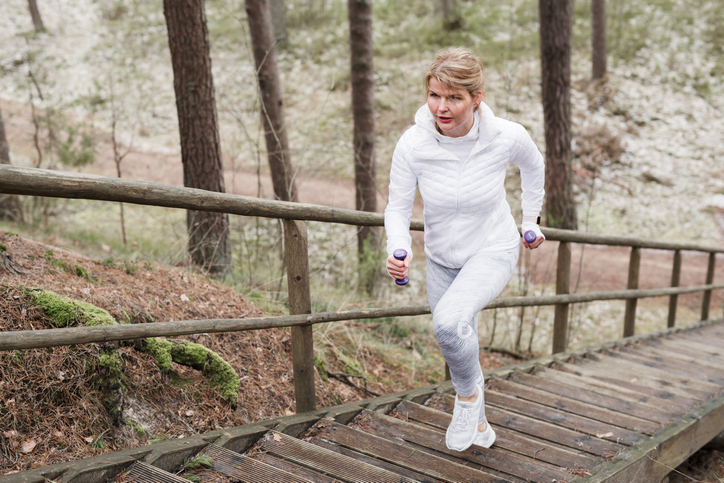
Most importantly for coronavirus infections is lactoferrin’s ability to bind iron in the body, which reduces the circulating iron ions and inhibits the ability of pathogens to multiply. The apolactoferrin form has the most powerful effects. It can be consumed as a supplement. It can also be produced in greater quantities by intense, high interval training, particularly involving the upper body.
Priority 1 - saving lives?
When considering plausibility of mechanisms, emerging evidence of treatment success and their low cost, it's remarkable that more natural therapies have not found their way into routine critical care for Covid-19 patients. That's of course until you recognise this isn't just about medicine. This is as much about the biomedical and economic model that has driven healthcare decision-making for over half a century.
Compare that with the high cost of new-to-nature antiviral drugs or the massive (but yet unknown) societal cost of genetically-engineered vaccines, the idea becomes even more preposterous.
Surely, if saving lives was the number one priority, given the virulence and transmissibility of SARS-CoV-2, we should be using all possible viable and cost-effective treatments regardless of politics, patents or potential profits? These are important questions to be put to governments and others in authority and the grassroots and integrative medical community need to vigorously reject the marginalisation of such therapies based on the worn rhetoric of 'fake news', 'misinformation' or insufficient scientific proof.
Return to our Covid Zone
Return to the homepage
Further reading with grateful thanks to Simon Best, editor Caduceus Magazine and Dr Richard Hobday
Peer reviewed publications:
Hobday RA and Cason JW. The open-air treatment of pandemic influenza. Am J Public Health. 2009;99 Suppl 2:S236-42.
Hobday RA and Dancer SJ. Roles of sunlight and natural ventilation for controlling infection: historical and current perspectives. J Hosp Infect. 2013;84:271-282.
Hobday RA. Sunlight therapy and solar architecture. Medical History. 1997 Oct; 41(4): 455-72.
Laird E, Kenny RA. Vitamin D deficiency in Ireland – implications for COVID-19. Results from the Irish Longitudinal Study on Ageing (TILDA). Dublin: Trinity College. Dublin, April 2020.
Grant WB, Lahore H, McDonnell SL, Baggerly CA, French CB, Aliano JL and Bhattoa HP. Evidence vitamin D supplementation could prevent influenza and COVID-19 infections and deaths. Nutrients. 2020;12:4: 988.
McCartney D, Byrne D. Optimisation of vitamin D status for enhanced immuno-protection against Covid-19. Ir Med J. 2020;113(4):p58.
Blogs:
Hobday RA. 10 Mar 2020. Coronavirus and the Sun: a Lesson from the 1918 Influenza Pandemic.
Hobday RA. 27 Mar 2020. Coronavirus and Open Windows: some Science from the Cold War.




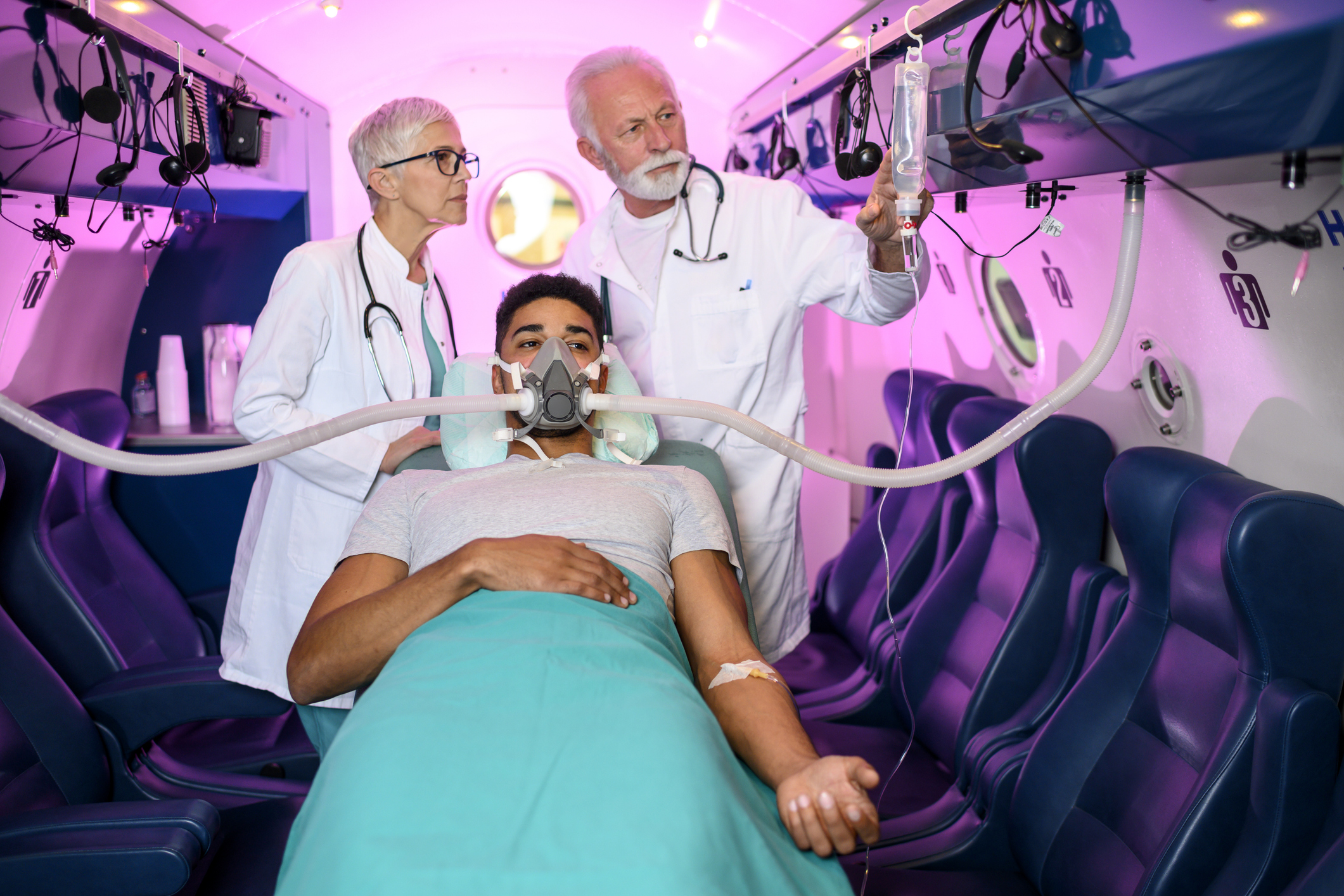
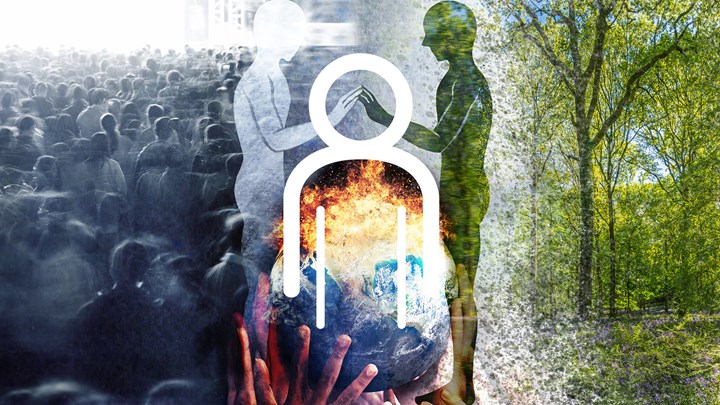

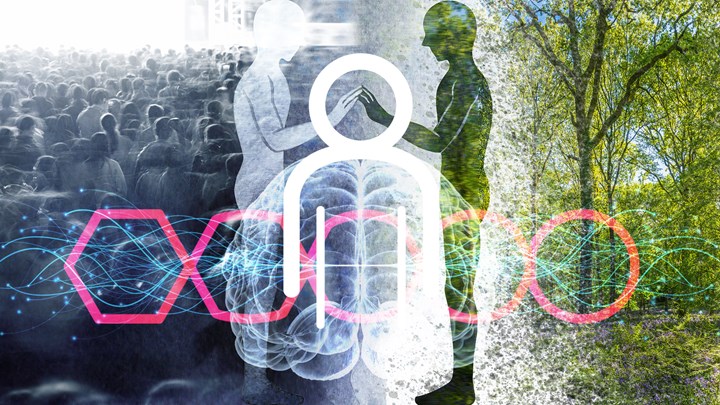
Comments
your voice counts
23 April 2020 at 11:59 am
Thanks for this piece but why is nobody talking about zinc, which is a well known anti-viral nutrient? In my understanding it may even be the most important antiviral substance in the body, due to its action at the cell membrane where it takes part in the mechanisms that deny viruses binding sites by which they then gain access to the cell. This means viral particles are unable to enter a cell to replicate. Do we know that there is widespread zinc deficiency in modern populations? Yes we do...
If you want a popular indication as to the effectiveness of zinc as an anti-viral agent, you will find it as the active ingredient in First Defence, a product marketed by Vicks, who are probably owned by GSK or other conglomerate, which must have a medicines licence for this product.
They know, you know - they just don't want us to know....
23 April 2020 at 1:27 pm
Hi Christopher, thanks so much for responding.
We are 100% in agreement with you regarding zinc and it's essentiality for a properly functioning immune system. In this article, we have tried to focus on novel therapeutics for treating covid-19 that many may not be familiar with to keep the length of it down. We have included information on zinc in our article on prevention on 12th March: https://www.anhinternational.org/news/build-your-immune-resilience-as-nature-intended, but agree yes, that deficiency is rife amongst the population and can be safely supplemented alongside vitamin D3, vitamin C, magnesium, selenium and vitamin A (retinyl palmitate) for those with a low protein intake.
Ensuring that our innate, first line, immune defence system is working optimally and then being exposed to a low load of the virus is most likely the best solution for our long term protection - but that depends on people being nutritionally replete with these basic vitamins and minerals, and eating a healthy, low carb diet rich in fats and fresh vegetables. This crisis is providing the perfect opportunity for a proper public health campaign, yet citizens are being told nothing at a time when they most need the information. The authorities must be held accountable when this is over and people can start thinking clearly again.
Best wishes
Meleni
Your voice counts
We welcome your comments and are very interested in your point of view, but we ask that you keep them relevant to the article, that they be civil and without commercial links. All comments are moderated prior to being published. We reserve the right to edit or not publish comments that we consider abusive or offensive.
There is extra content here from a third party provider. You will be unable to see this content unless you agree to allow Content Cookies. Cookie Preferences